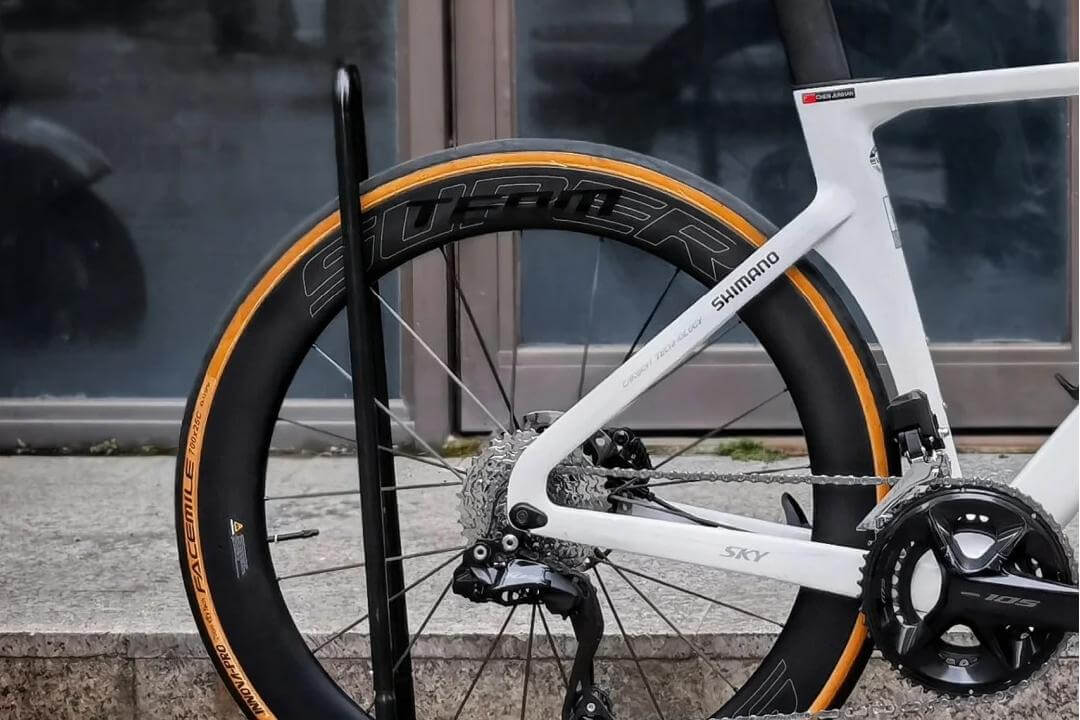When it comes to a high-performing bicycle, many riders focus on frame material, tires, or wheel aerodynamics—but often overlook one crucial component: the bike spoke. Understanding how spokes work, their arrangement, and how they affect the overall performance of your bike wheel can make a significant difference in ride quality, safety, and efficiency.
What is a Bike Spoke?

A bike spoke is a thin rod that connects the wheel hub to the rim of the wheel. Typically made of stainless steel, alloy, or carbon fiber, spokes serve the essential purpose of transferring the rider’s weight and pedaling forces to the wheel while maintaining its shape and structural integrity. The number, tension, and arrangement of spokes on a wheel directly influence the wheel’s strength, stiffness, and overall durability.
Types of Bike Spokes
Straight Gauge Spokes: Uniform thickness throughout the length, offering reliability and strength.
Butted Spokes: Thicker at the ends and thinner in the middle to save weight while maintaining strength.

Bladed or Aero Spokes: Flattened profile to reduce air resistance, ideal for high-speed or aerodynamic wheels.
Each type of spoke has its unique advantages, and the choice largely depends on your riding style, terrain, and wheel design.
How Spokes Affect Ride Performance
1. Wheel Strength and Stability
The primary role of spokes is to keep the bike wheel true under load. Properly tensioned spokes distribute weight evenly and absorb shocks from uneven terrain. A poorly tensioned or broken spoke can compromise the wheel’s integrity, leading to wobbles or even failure during a ride.
2. Ride Comfort
Spokes also influence comfort. More spokes generally increase stiffness, which is ideal for heavy riders or rough terrain, but can reduce vibration absorption. Fewer spokes reduce weight and rotational inertia, improving acceleration and climbing efficiency, but may transmit more road vibrations.
3. Aerodynamics
For riders seeking speed, especially on road bikes or gravel bikes, the number and shape of spokes on a wheel affect aerodynamics. Bladed or fewer spokes reduce drag, allowing for smoother airflow and potentially faster riding performance.
4. Weight and Efficiency
The total number and type of spokes can affect the wheel's weight. Lightweight wheels with fewer or butted spokes can enhance acceleration and climbing efficiency, but balancing strength and durability is essential for long-term performance.
Maintenance Tips for Bike Spokes
Regular Inspection: Check for loose or broken spokes before and after rides.

Proper Tension: Ensure spokes are evenly tensioned using a spoke tension meter if possible.
Truing Your Wheels: A slight wobble can affect ride performance and braking efficiency, so keeping the wheel true is essential.
Replace Damaged Spokes Promptly: Riding with broken spokes can cause rim damage or compromise safety.
Conclusion
Understanding the basics of a bike spoke and how spokes on a wheel impact your ride is crucial for every cyclist—from casual riders to competitive athletes. The right spoke type, tension, and wheel maintenance can improve comfort, speed, and safety, ensuring that your bike wheel performs at its best in every situation.
Investing time in learning about your spokes and taking care of them is a small effort that yields significant performance gains. Whether you’re climbing hills, sprinting on the road, or navigating technical trails, properly maintained spokes are the silent heroes behind every smooth ride.




Dejar un comentario
Todos los comentarios se revisan antes de su publicación.
Este sitio está protegido por hCaptcha y se aplican la Política de privacidad de hCaptcha y los Términos del servicio.